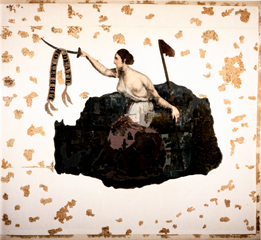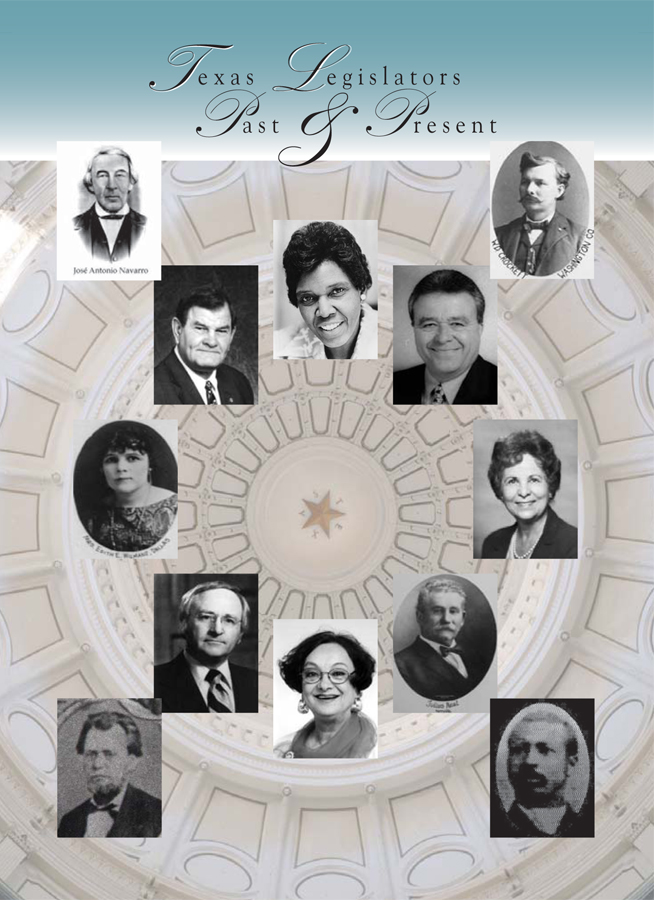Friday, April 15, 2011 is
Speaker's Reunion Day, a day for former members of the Texas House of Representatives to gather and be honored for their service to the State of Texas.
Speaker's Reunion Day is the modern descendant of Speaker's Day, a long-standing tradition of honoring the Speaker of the House for his service.
During the nineteenth century it was the custom at the end of the session for the employees and members of the House to present the Speaker with testimonials and mementos of his service.
Canes,
silver tableware and
watches were common gifts.
During the twentieth century, elaborate ceremonies become common. The term "Speaker's Day" is first used in the House Journal in the 48th Legislature in 1943. In his 1943 remarks, Speaker Price Daniel observed that it was a complete surprise to find that a Speaker's Day had been arranged for him, recalling "I will admit that I doubted the word of my secretaries this morning when they kept saying it was a few minutes to ten…I felt like they were wrong, and so I walked out here on the floor of the House, just in time to see that the session was opening without me. I walked to the platform in time to hear our Chaplin, Brother Coltrin, pray for the Speaker, and then I knew what was up."
By the middle of the twentieth century, former members and former Speakers regularly attended the Speaker's Day celebrations. In 1951, former Speakers R.E. Morse, Homer Leonard, Price Daniel, Claud Gilmore, W.O. Reed and Durwood Manford were present to honor Reuben Senterfitt. The following session, Speaker Senterfitt requested that Speakers Day not be held again on his behalf; instead, Speaker Senterfitt hosted an open house for the members.
Speaker's Day resumed with the following session, and the observance became an all-day affair featuring speeches, mementos, barbeques, balls, and other entertainments. In 1971, members of the reform-minded group known as the
Dirty Thirty challenged the traditional observance of Speaker's Day, arguing that the presentation of gifts had gotten out of hand and become a burden on legislators, house employees and lobbyists.
In the following years, Speaker's Day continued, but often on a smaller scale, with brief ceremonies and few or no gifts presented. In 1981, Speaker Bill Clayton celebrated Speaker's Day with a members' reunion. More than 750 former members were invited to attend, and festivities included a barbeque on the Capitol Grounds and a party at the Erwin Center.
In years since, the reunion has come to be the defining feature of the day, which was renamed Speaker's Reunion Day in 1993.
This entry was posted on April 12, 2011 at 8:20 AM and has received 3783 views.
Print this entry.



